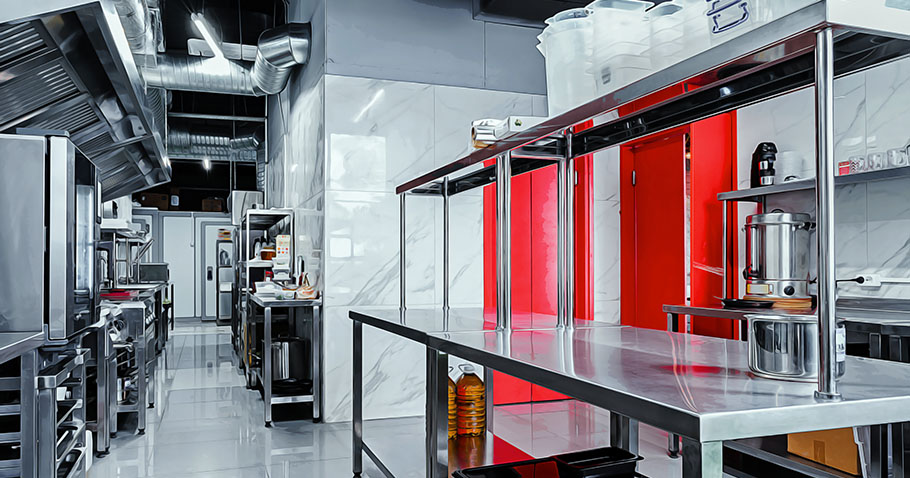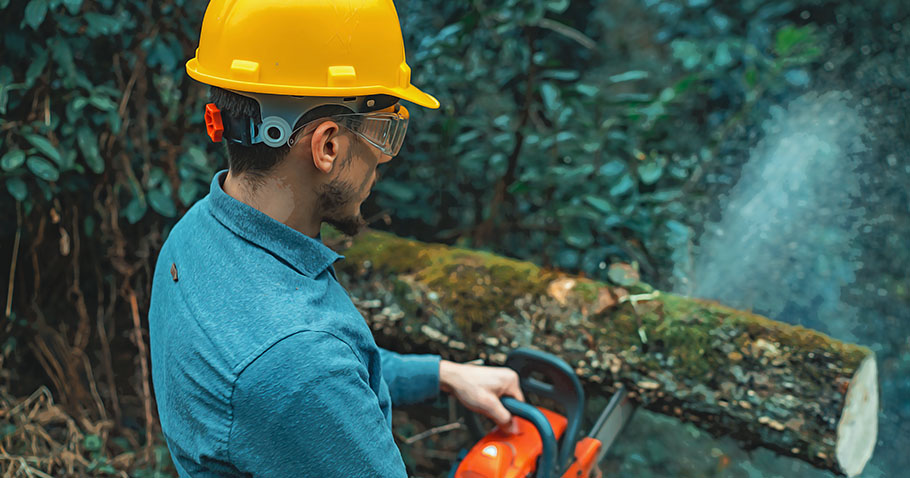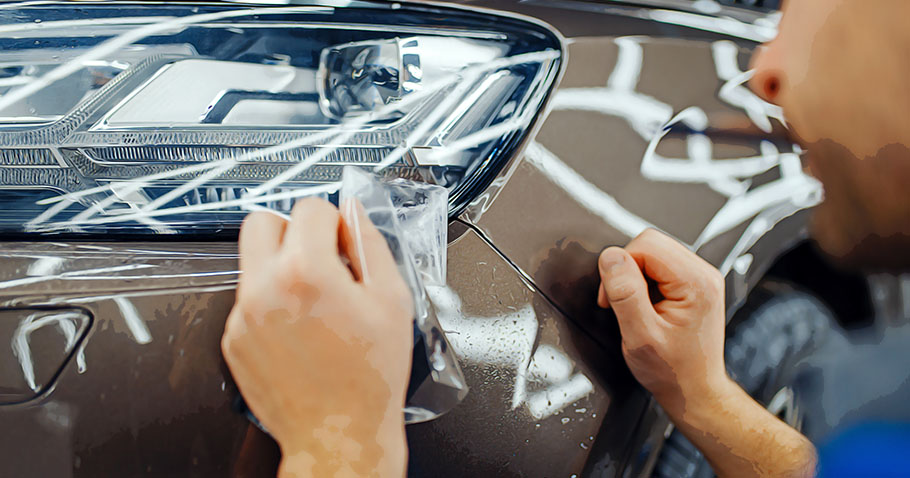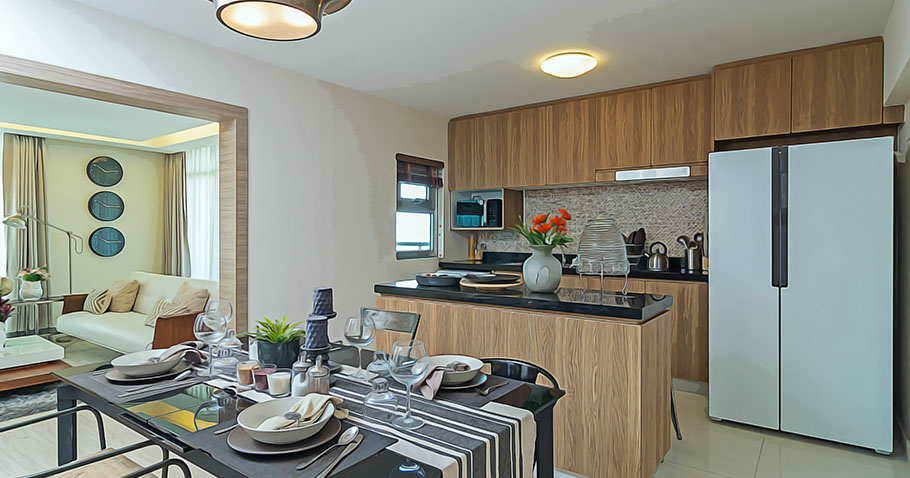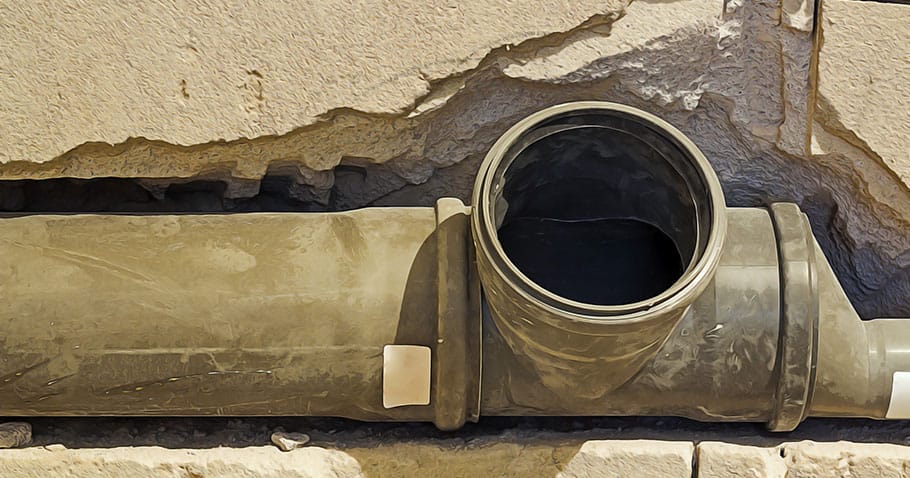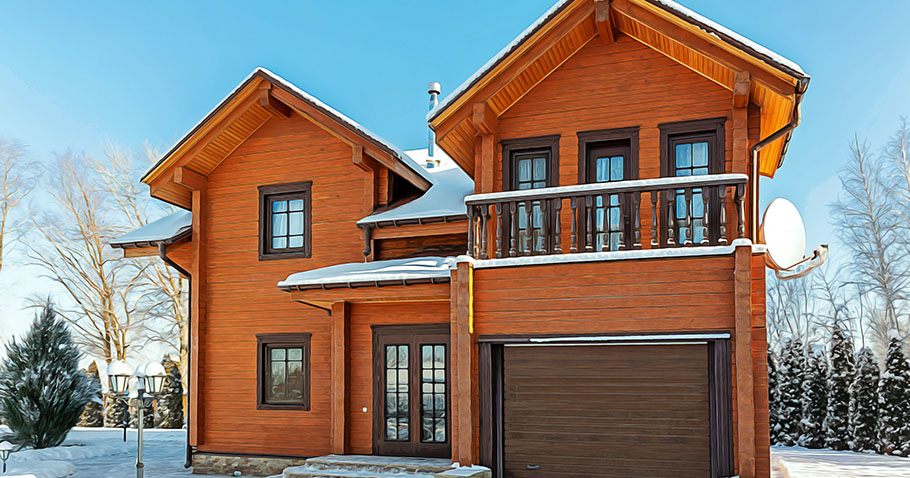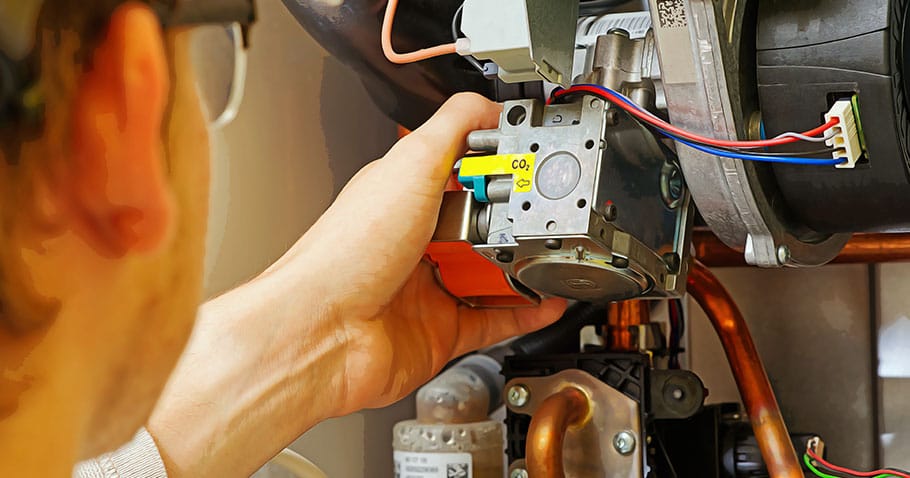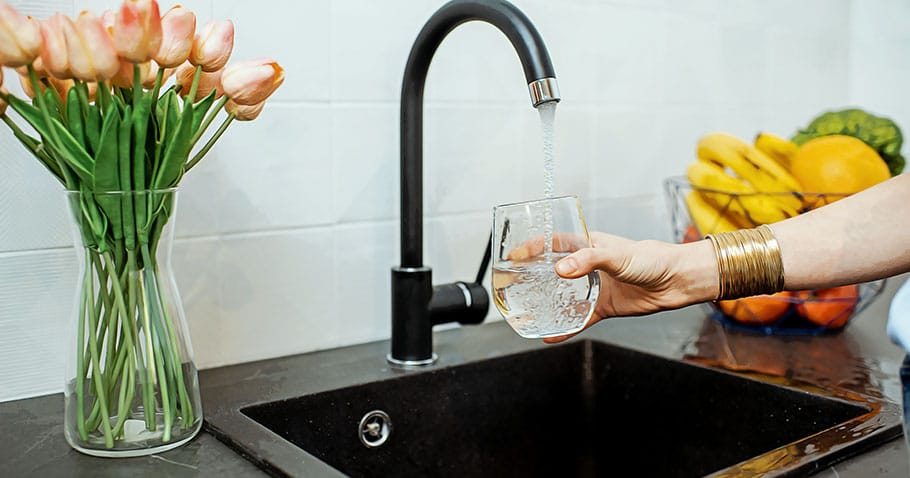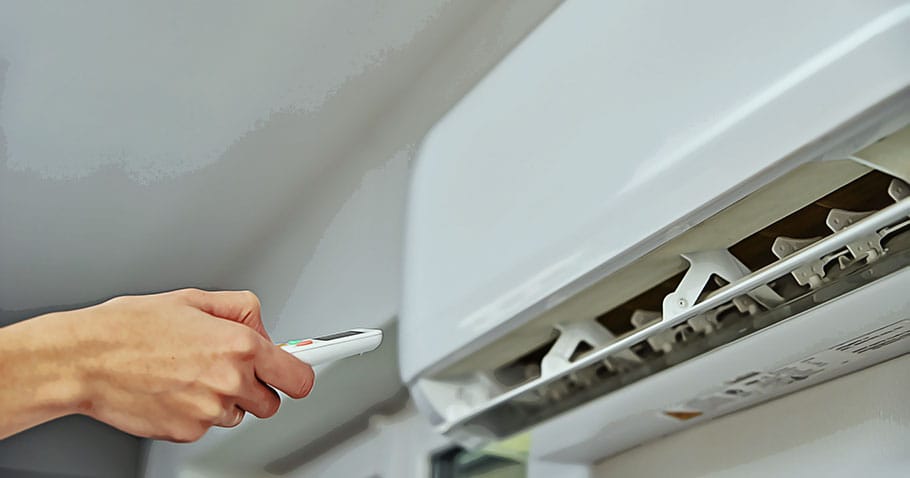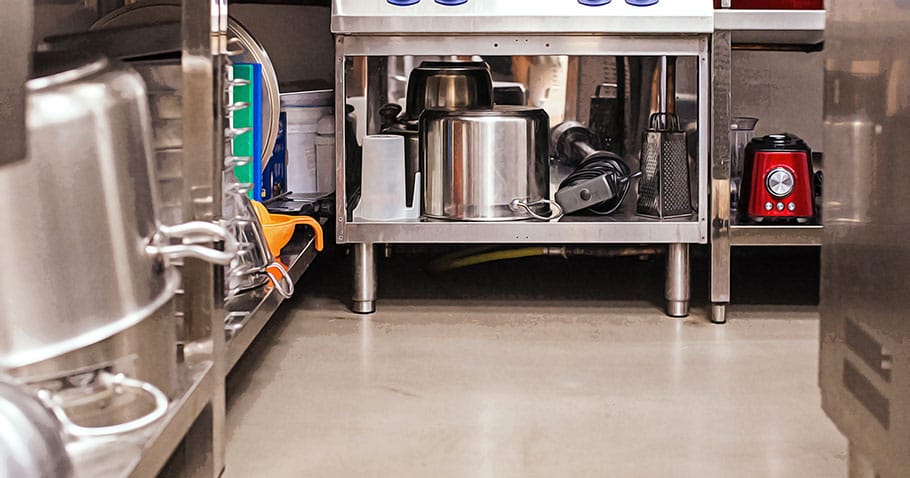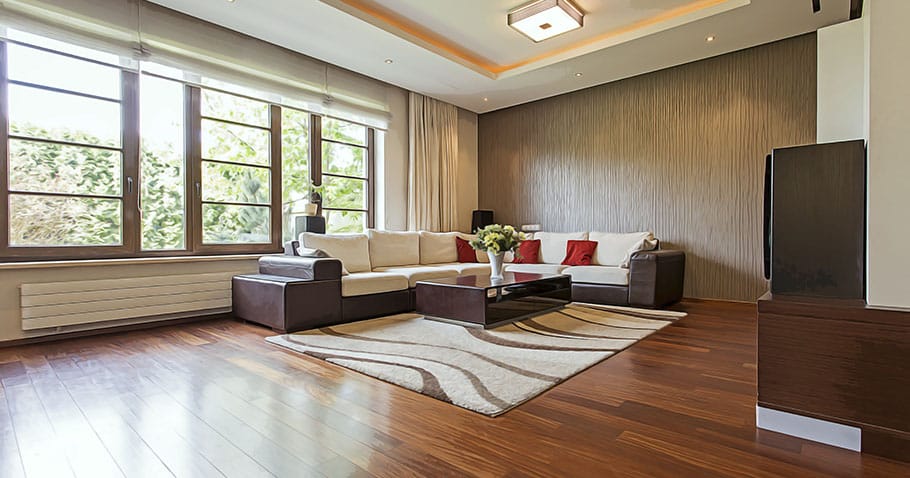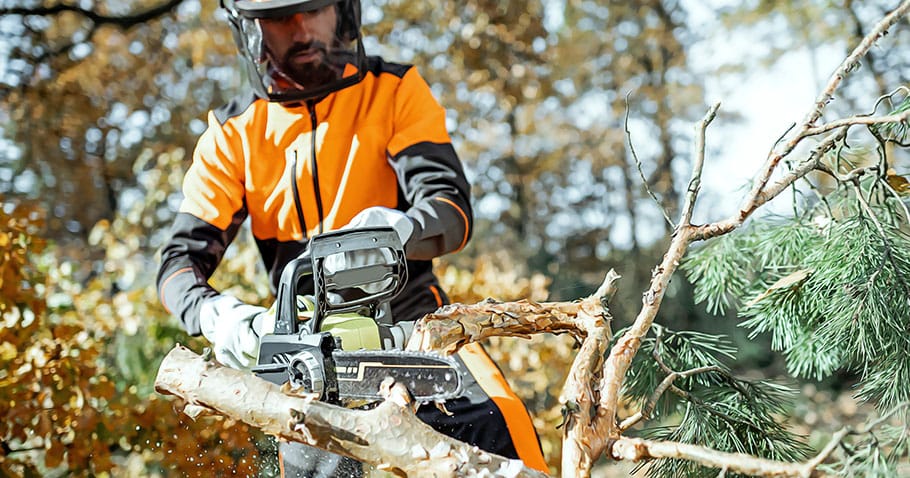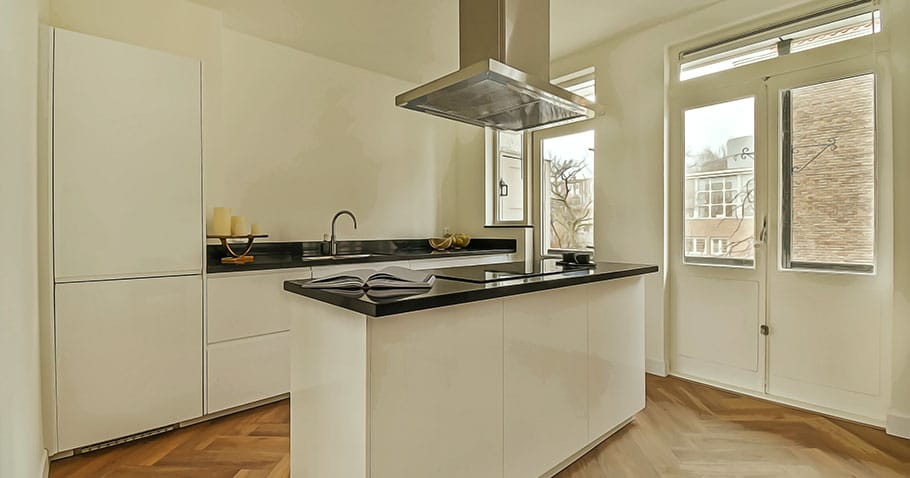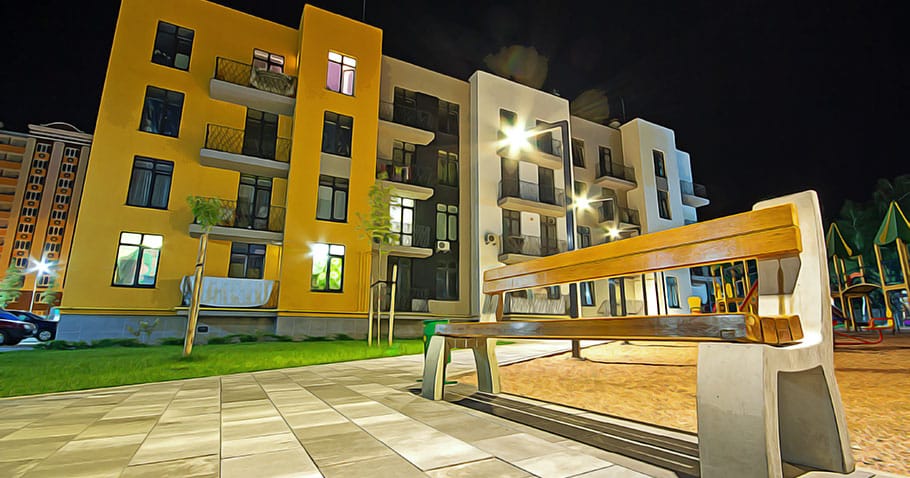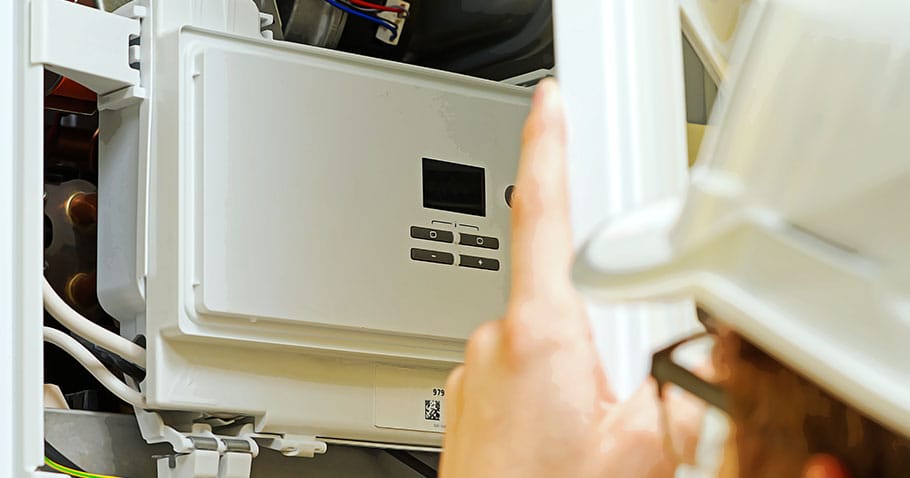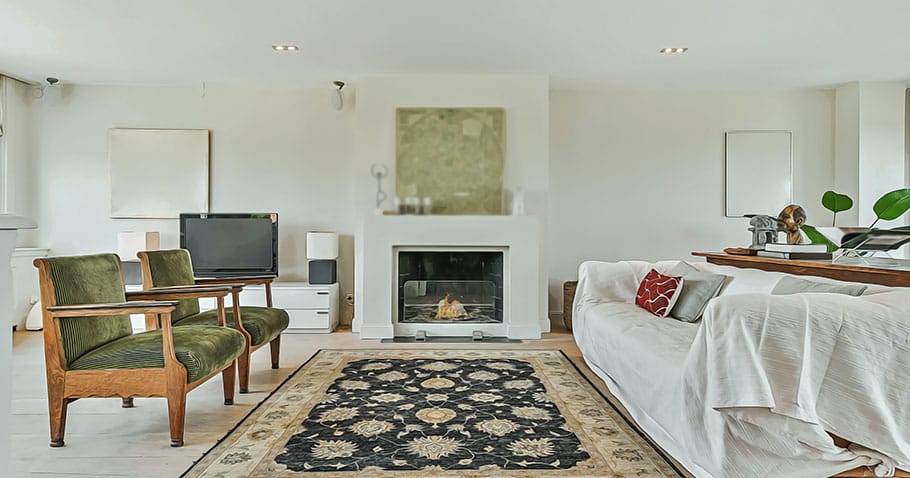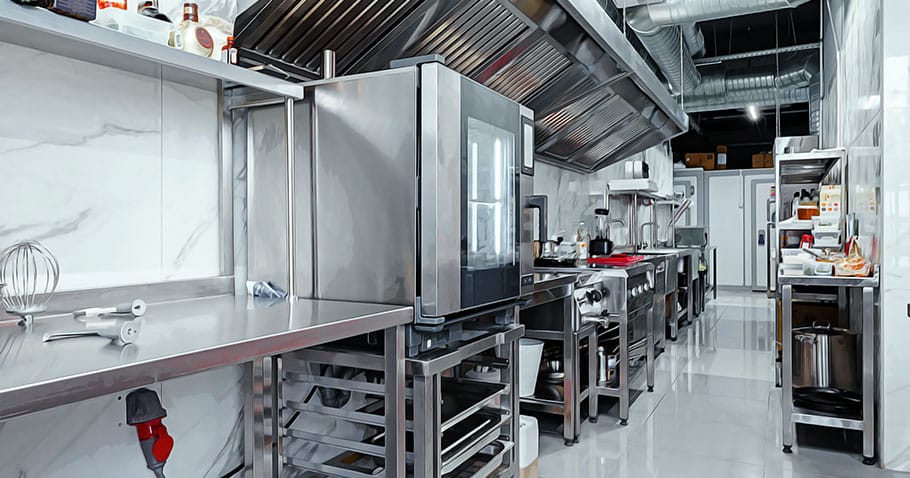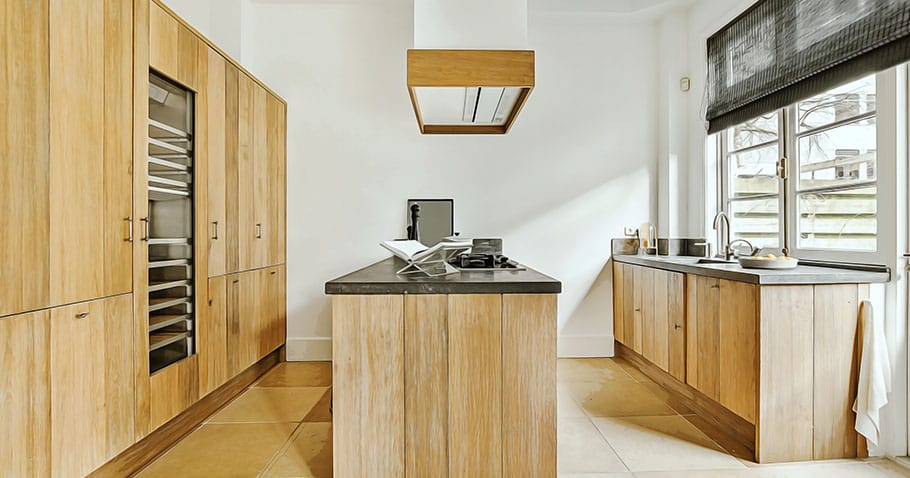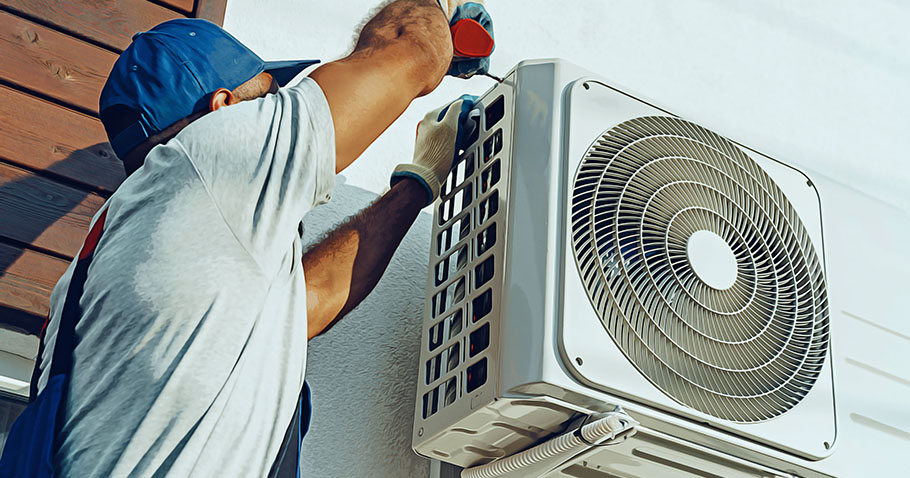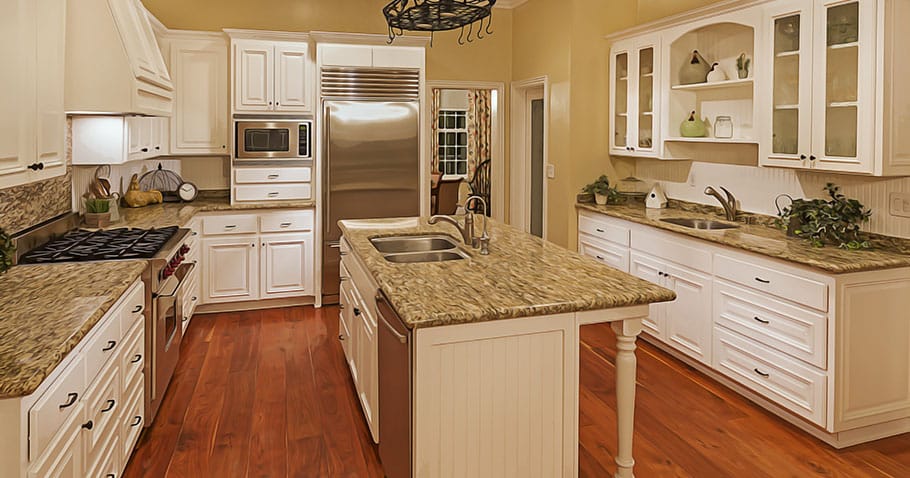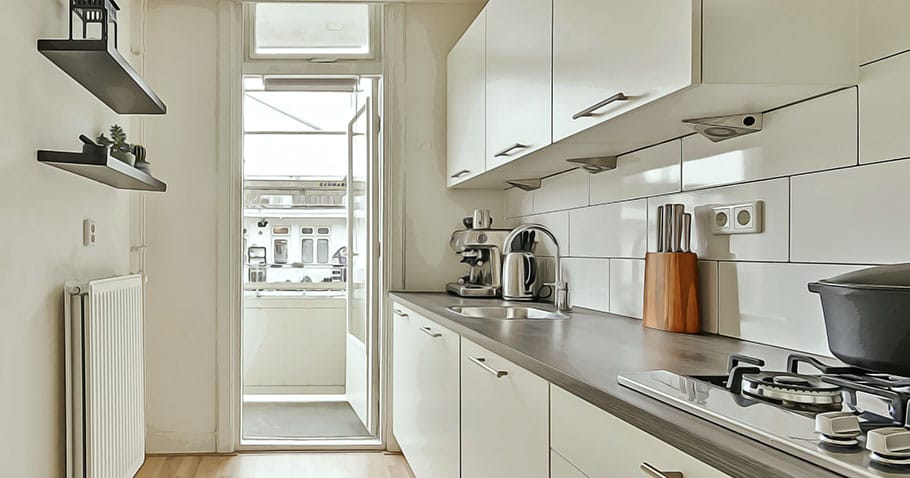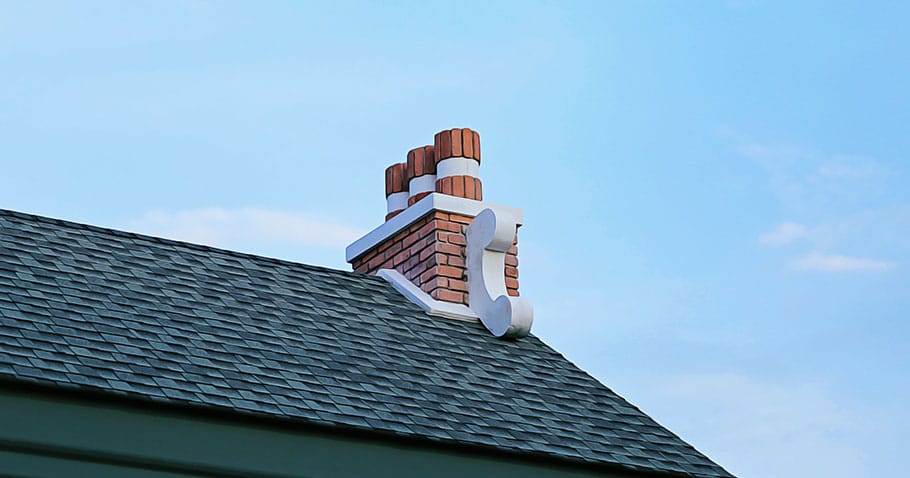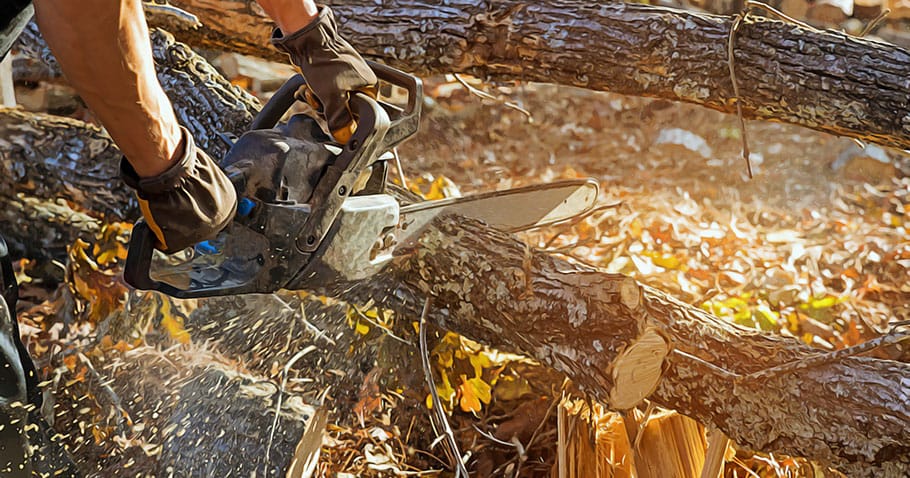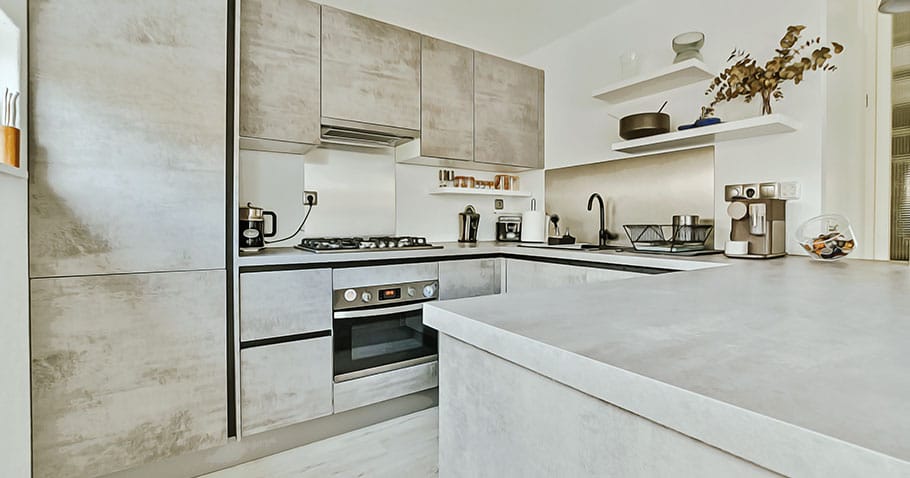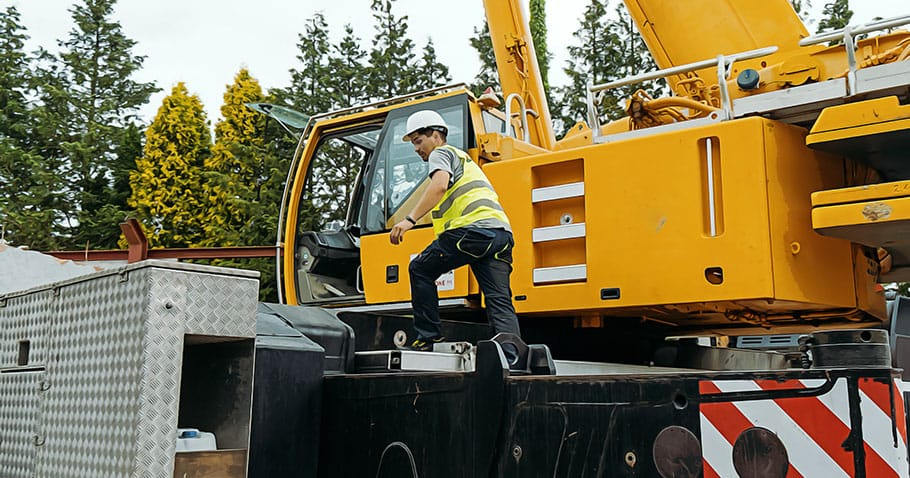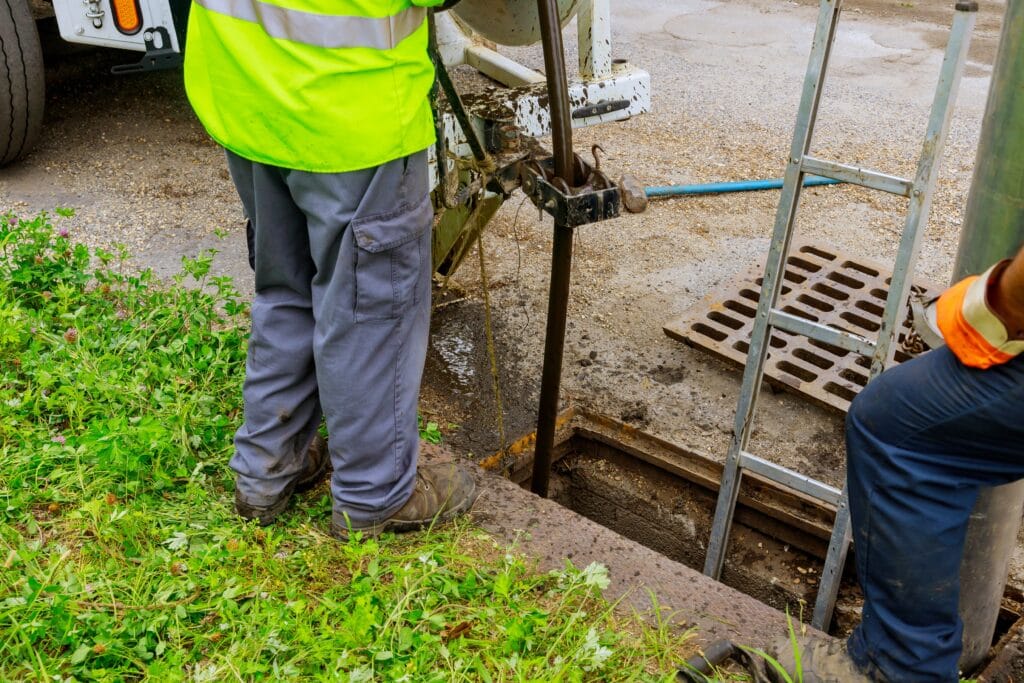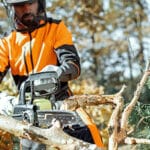What You Need to Know Before Using Your Fireplace
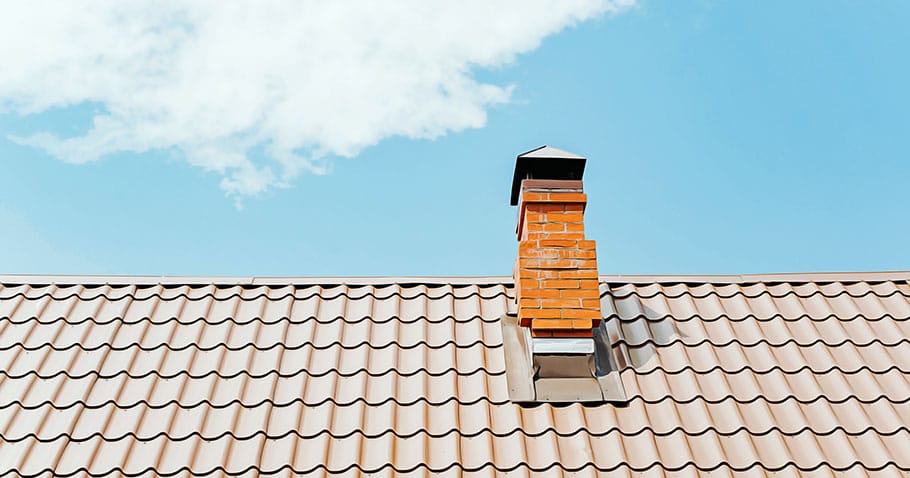
As a new homeowner, having a fireplace can be a cozy and inviting feature in your home. However, it’s essential to prioritize chimney safety to ensure that you can enjoy the warmth and ambiance of your fireplace without risking your family’s well-being or property damage. In this article, we’ll cover everything you need to know about chimney safety as a new homeowner, from understanding the basics of fireplace maintenance to identifying potential hazards and taking proactive measures to maintain chimney inspection.
Understanding the Importance of Chimney Safety
Before lighting your first fire in your new home, it’s crucial to understand why chimney safety is essential. Chimneys play a critical role in safely venting smoke and combustion byproducts from your fireplace to the outdoors. A properly maintained chimney helps prevent the buildup of creosote, a highly flammable substance that can lead to chimney fires. Additionally, regular chimney inspections and cleanings can identify and address potential issues such as blockages, cracks, or deteriorating masonry, which can compromise the safety and efficiency of your fireplace.
The Importance of Professional Chimney Inspections
One of the first steps you should take as a new homeowner with a fireplace is to schedule a professional chimney inspection. A certified chimney sweep will thoroughly evaluate the condition of your chimney, including the flue liner, chimney cap, damper, and masonry structure. They will look for signs of creosote buildup, blockages, or structural damage that could pose safety hazards. Based on their findings, they will recommend any necessary repairs or maintenance to ensure that your chimney is safe to use.
Understanding Creosote Buildup and Chimney Fires
Creosote is a sticky, tar-like substance that forms when wood or other organic materials are burned in the fireplace. Over time, creosote can accumulate on the walls of the chimney flue, creating a highly combustible layer that increases the risk of chimney fires. New homeowners should be aware of the signs of creosote buildup, including a strong, acrid odor coming from the fireplace, black or brown residue on the walls of the chimney, or a loud cracking or popping sound during a fire. If you notice any of these signs, it’s essential to schedule a Chimney repair Columbia as soon as possible to remove the creosote and reduce the risk of a chimney fire.
Basic Chimney Maintenance Tips for New Homeowners
In addition to scheduling regular professional chimney inspections and cleanings, there are several maintenance tasks that new homeowners can perform to keep their chimneys in good condition. These include:
- Regularly removing ashes and debris from the fireplace hearth to prevent blockages and ensure proper airflow.
- Checking the chimney cap and spark arrestor for damage or obstructions that could prevent smoke from exiting the chimney.
- Monitoring the condition of the chimney mortar and bricks for signs of cracking or deterioration, especially after severe weather events.
- Keeping nearby tree branches trimmed to prevent them from interfering with the chimney or depositing debris on the roof.
- Installing a chimney cap if your chimney does not already have one to prevent animals, birds, and debris from entering the chimney flue.
Understanding Chimney Draft and Airflow
Discuss the importance of proper chimney draft and airflow for efficient fireplace operation and smoke removal. Explain how factors such as chimney height, flue size, and exterior obstructions can affect draft performance and potentially lead to smoke backdrafts or downdrafts. Offer tips for optimizing chimney draft, such as ensuring adequate ventilation in the home, opening the damper fully before starting a fire, and using a chimney cap to prevent wind-induced downdrafts. Emphasize the importance of addressing draft issues promptly to maintain chimney safety and prevent indoor air quality concerns.
Proactive Measures for Ensuring Chimney Safety
In addition to regular maintenance tasks, there are several proactive measures that new homeowners can take to enhance chimney safety:
- Installing smoke and carbon monoxide detectors near the fireplace and throughout the home to alert you to any potential hazards.
- Keeping a fire extinguisher nearby and ensuring that everyone in the household knows how to use it in case of a chimney fire or other emergency.
- Establishing a safe zone around the fireplace to prevent children and pets from getting too close to the fire or accidentally knocking over burning logs.
- Using only seasoned firewood that has been properly dried to reduce the risk of excessive creosote buildup and chimney fires.
- Avoiding the use of accelerants such as gasoline or lighter fluid to start a fire, as these can create dangerous flare-ups and increase the risk of chimney fires.
Firewood Selection and Storage
Provide guidance on selecting and storing firewood for optimal burning performance and chimney safety. Recommend using hardwoods such as oak, maple, or hickory, which produce less creosote and burn more cleanly than softwoods. Advise against burning treated or painted wood, as well as green or unseasoned wood, which can increase creosote buildup and produce excessive smoke. Offer tips for properly seasoning firewood, such as splitting and stacking it in a dry, well-ventilated area for at least six months before use. Additionally, discuss the importance of storing firewood away from the house to prevent moisture intrusion and pest infestations.
Emergency Procedures and Evacuation Plan
Outline emergency procedures and evacuation plans for chimney-related incidents, such as chimney fires or carbon monoxide leaks. Provide step-by-step instructions for responding to chimney emergencies, including safely extinguishing a chimney fire, evacuating the home, and contacting emergency services. Emphasize the importance of having a designated meeting point outside the home and practicing emergency drills with all household members to ensure everyone knows what to do in case of a chimney-related emergency. Additionally, discuss the importance of seeking prompt medical attention if symptoms of carbon monoxide poisoning are present, such as headache, dizziness, nausea, or confusion.
Chimney Cap and Spark Arrestor Maintenance
Highlight the role of chimney caps and spark arrestors in preventing debris, animals, and sparks from entering the chimney flue and causing potential hazards. Discuss the importance of regularly inspecting and maintaining chimney caps and spark arrestors to ensure they are in good condition and free of obstructions. Recommend checking for signs of rust, corrosion, or damage, as well as ensuring that mesh screens are intact and free from blockages. Provide instructions for cleaning and maintaining chimney caps and spark arrestors, as well as replacing them if necessary to maintain optimal chimney safety and performance.
Conclusion
As a new homeowner with a fireplace, chimney safety should be a top priority to protect your family and property. By understanding the basics of chimney cleaning services Upper Marlboro, scheduling regular professional inspections, and taking proactive measures to prevent hazards, you can enjoy the warmth and comfort of your fireplace with peace of mind. Remember to stay vigilant, follow best practices for fireplace use, and address any issues promptly to ensure that your chimney remains safe and efficient for years to come.


